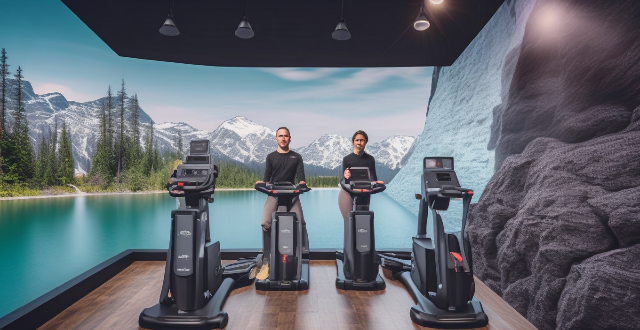Heat exhaustion and heatstroke are two serious conditions that can occur when the body overheats, often due to prolonged exposure to high temperatures and dehydration. Recognizing the symptoms of each is crucial for timely treatment. Heat exhaustion symptoms include heavy sweating, weakness, dizziness, nausea, muscle cramps, pale skin, headache, confusion, and rapid heartbeat. Heatstroke signs involve fever, altered mental state, hot dry skin, rapid breathing, racing heart rate, nausea and vomiting, severe headache, and possibly seizures. Immediate action is required: for heat exhaustion, move to a cooler area, hydrate, cool down, and rest; for heatstroke, call emergency services, move to shade, lower body temperature, lighten clothing, stay hydrated, and monitor vital signs. Prevention involves avoiding strenuous activities during peak heat, wearing appropriate clothing, staying hydrated, and recognizing personal limits.

Identifying and Responding to Signs of Heat Exhaustion or Heatstroke
Symptoms of Heat Exhaustion
Heat exhaustion is a milder form of heat-related illness that can develop after several days of exposure to high temperatures and inadequate or unbalanced replacement of fluids. Recognizing the signs early and taking prompt action is crucial. The symptoms of heat exhaustion include:
- Heavy Sweating: You may notice an increase in sweating, which is the body's way of cooling down.
- Weakness: A feeling of extreme fatigue or weakness is common.
- Dizziness: Feeling lightheaded or dizzy upon standing up quickly.
- Nausea: An upset stomach or feeling like you might vomit.
- Muscle Cramps: Painful spasms in your muscles, especially those that are being used.
- Pale Skin: Skin may become pale and clammy due to excessive sweating.
- Headache: A throbbing headache that comes on suddenly.
- Confusion: Confusion or difficulty focusing on tasks.
- Rapid Heartbeat: An increased heart rate as the body tries to cool itself.
Symptoms of Heatstroke
Heatstroke is a severe heat-related emergency that occurs when the body becomes unable to control its temperature. It requires immediate medical attention. Signs of heatstroke include:
- Fever: A body temperature of 104°F (40°C) or higher.
- Altered Mental State: Confusion, agitation, slurred speech, or loss of consciousness.
- Hot Dry Skin: Skin that is red, hot, and often dry (as the body stops sweating).
- Rapid Breathing: Rapid and shallow breathing.
- Racing Heart Rate: A significantly increased heart rate.
- Nausea and Vomiting: Severe nausea and vomiting.
- Headache: A severe throbbing headache.
- Seizures: In extreme cases, seizures can occur.
Responding to Heat Exhaustion or Heatstroke
For Heat Exhaustion
1. Move to a Cooler Area: Get out of the sun and into a cooler environment.
2. Remove Tight Clothing: Loosen clothes to help the body cool down.
3. Hydrate: Drink water or sports drinks containing electrolytes.
4. Cool Down: Use cool, wet cloths or take a cool shower or bath.
5. Rest: Lie down and rest in a comfortable position.
6. Monitor: Watch for any worsening signs and seek medical attention if needed.
For Heatstroke
1. Call Emergency Services: Dial for emergency medical help immediately.
2. Move to Shade: If possible, move the person to a cooler area.
3. Lower Body Temperature: Immerse the person in cool water or apply ice packs to the body areas with abundant blood supply such as the neck, armpits, and groin.
4. Lighten Clothing: Remove or loosen heavy clothing.
5. Stay Hydrated: If the person is conscious, give them small amounts of water to drink.
6. Monitor Vital Signs: Keep track of their level of response, breathing, and pulse until help arrives.
Remember, prevention is key. Avoid strenuous activity during the hottest part of the day, wear lightweight, light-colored clothing, and stay well-hydrated. If you work or exercise outside, take frequent breaks in the shade and recognize your limits.